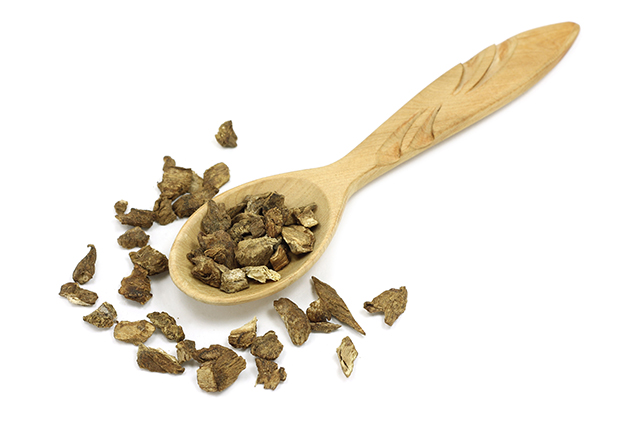TCM’s Coptis chinensis found to have neuroprotective effects against disease causes by oxidative stress, including Parkinson’s
06/20/2019 // Michelle Simmons // Views
Tags: alternative medicine, brain function, brain health, Chinese goldthread, Coptis chinensis, disease treatments, goodhealth, goodmedicine, goodscience, herbal medicine, Herbs, natural cures, natural medicine, natural treatment, neurodegenerative disease, Parkinson's Disease, remedies, research, TCM, therapies, traditional Chinese medicine

- In traditional Chinese medicine, the rhizome of the Chinese goldthread is commonly used alone or in combination with other herbs to treat diseases associated with oxidative stress, such as inflammatory diseases, diabetes, and neurodegenerative diseases.
- In this study, the research team looked at the neuroprotective effects of the Chinese goldthread in lab and animal models of Parkinson’s disease.
- They pre-treated the cell model of Parkinson’s disease with water extract of the Chinese goldthread.
- Pre-treatment with the water extract of the Chinese goldthread resulted in significant increases in cell viability and intracellular ATP concentration. It also attenuated apoptosis.
- When the research team tested the alkaloids in the Chinese goldthread, they found that berberine and coptisine were the main active compounds responsible for the observed neuroprotective effect of the plant.
- However, the full extract of the Chinese goldthread was more effective than the tested single alkaloids.
- In the animal model of Parkinson’s disease, the Chinese goldthread improved motor functions and increased tyrosine hydroxylase-positive neurons.
In conclusion, Chinese goldthread and its main alkaloids could possibly be used for the treatment of Parkinson’s disease.
To read more studies on Chinese goldthread and its potential health benefits, visit ChineseMedicine.news.
Journal Reference:
Friedemann T, Ying Y, Wang W, Kramer ER, Schumacher U, Fei J, Schroder S. NEUROPROTECTIVE EFFECT OF COPTIS CHINENSIS IN MPP+ AND MPTP-INDUCED PARKINSON’S DISEASE MODELS. The American Journal of Chinese Medicine. 19 July 2016; 44(5): 907-925. DOI: 10.1142/S0192415X16500506
Related Topics
alternative medicine brain function brain health Chinese goldthread Coptis chinensis disease treatments goodhealth goodmedicine goodscience herbal medicine Herbs natural cures natural medicine natural treatment neurodegenerative disease Parkinson's Disease remedies research TCM therapies traditional Chinese medicineLatest News
Related News
11/21/2023 / By Arsenio Toledo
11/21/2023 / By Evangelyn Rodriguez
11/21/2023 / By Zoey Sky
11/20/2023 / By Zoey Sky
11/20/2023 / By Arsenio Toledo
11/17/2023 / By Zoey Sky
Take Action:
Support Natural News by linking to this article from your website.
Permalink to this article:
Copy
Embed article link:
Copy
Reprinting this article:
Non-commercial use is permitted with credit to NaturalNews.com (including a clickable link).
Please contact us for more information.
Please contact us for more information.






















